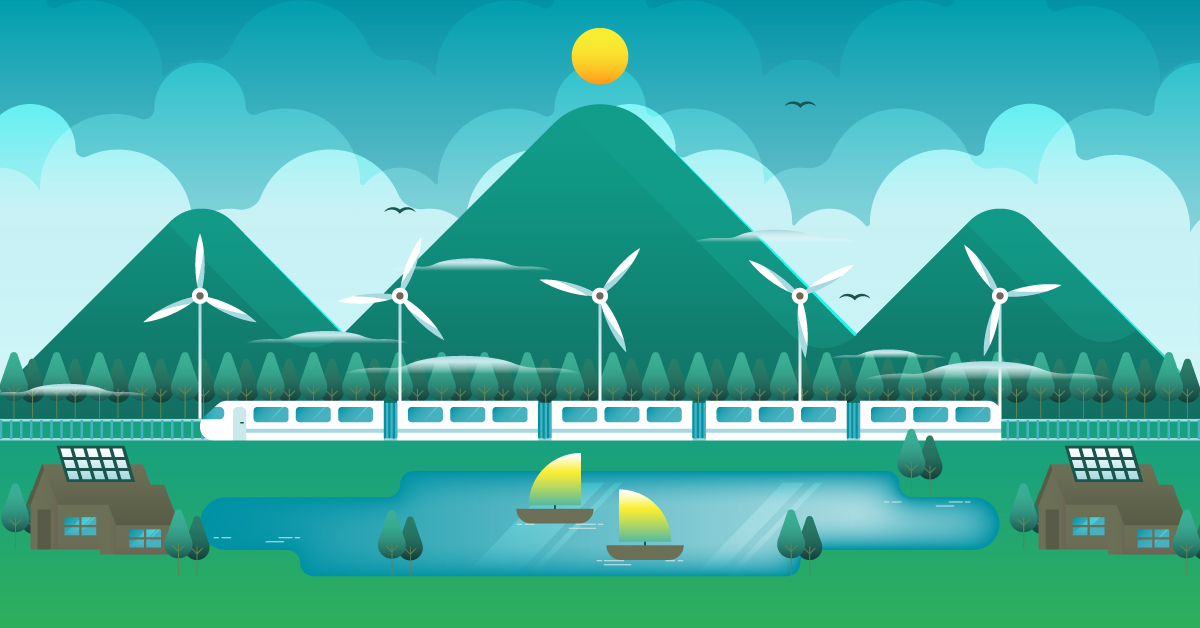
Sustainable Living: Nurturing a Greener Future
In an era marked by environmental concerns and the pressing need for sustainable practices, individuals and communities alike are increasingly embracing the concept of green living. This lifestyle shift extends beyond personal habits and choices; it encompasses community initiatives, aiming to create a positive impact on the environment. Let’s delve into the various aspects of green living communities and how they contribute to a more sustainable and eco-friendly future.
1. Understanding Green Living Communities
Green living communities are residential areas that prioritize environmentally conscious practices. These communities integrate sustainable principles into their infrastructure, energy usage, waste management, and overall lifestyle. The goal is to minimize the ecological footprint of residents and create a harmonious balance between human habitation and the natural world.
2. Eco-Friendly Architecture and Infrastructure
One key feature of green living communities is the incorporation of eco-friendly architecture and infrastructure. Sustainable building materials, energy-efficient designs, and the use of renewable energy sources contribute to reducing the environmental impact of construction. These communities often prioritize green spaces, implementing rooftop gardens and communal areas that promote biodiversity.
3. Renewable Energy Sources
Green living communities prioritize the use of renewable energy sources to meet their power needs. Solar panels, wind turbines, and other sustainable energy solutions play a pivotal role in reducing dependence on non-renewable resources. By harnessing clean energy, these communities not only decrease their carbon footprint but also serve as examples for others to follow.
4. Waste Reduction and Recycling Initiatives
Efficient waste management is a cornerstone of green living communities. Residents are encouraged to reduce, reuse, and recycle to minimize the generation of waste. Composting programs and recycling facilities are commonly integrated into these communities, fostering a culture of environmental responsibility and reducing the burden on landfills.
5. Sustainable Transportation Options
Green living communities often prioritize sustainable transportation solutions. This includes the promotion of walking and cycling through well-designed pathways, as well as the provision of electric vehicle charging stations. By minimizing reliance on traditional fuel-powered vehicles, these communities contribute to lower air pollution levels and a healthier living environment.
6. Community Engagement and Education
An essential aspect of green living communities is community engagement and education. Residents actively participate in workshops, seminars, and initiatives that promote sustainable living practices. This collective effort creates a sense of shared responsibility and fosters a supportive environment for the adoption of eco-friendly habits.
7. Benefits for Residents
Living in a green community has numerous benefits for residents. Improved air and water quality, access to green spaces, and lower energy costs are just a few advantages. Additionally, the sense of community and shared values in these neighborhoods enhances overall well-being, creating a positive living experience for everyone involved.
As our awareness of environmental issues grows, the importance of green living communities becomes increasingly evident. These communities serve as living examples of how sustainable practices can be seamlessly integrated into our daily lives. By embracing green living, individuals and communities contribute to a collective effort to safeguard the planet for future generations.
If you’re interested in exploring existing green living communities or looking for guidance on how to create one, consider checking out Green Living Communities. This resource provides valuable insights and information to support your journey toward a more sustainable and eco-friendly lifestyle.










